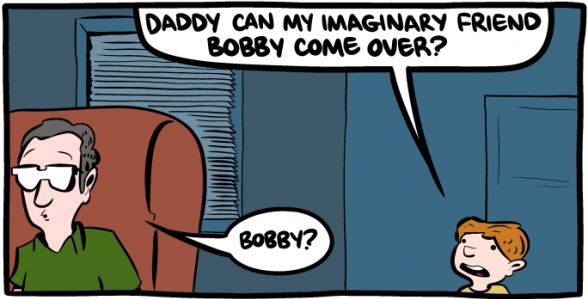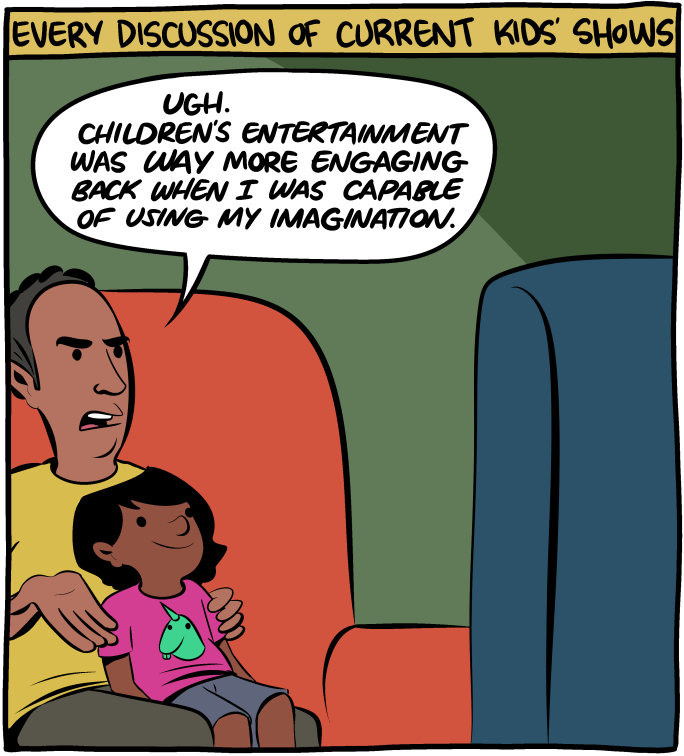Varios vídeos y una lista de Spotify. Me gusta sobre todo ésta:
Segovia’s “mere name,” writes Joseph Stevenson, “was enough to sell out houses worldwide.” A prodigy whose technique was “superior to that which was being taught at the time,” Segovia made his debut at the age of 15. Just a few years later, he played Madrid, the Paris Conservatory, and Barcelona, then, in 1919 made a “wildly successful” tour of South America. When he returned, the composer Albert Roussel wrote a piece specifically for him, which he performed in Paris, “the first of many works,” Stevenson writes, “written for him by distinguished composers…. There were classical guitarists before him, and distinguished ones even when he appeared, but it was not an instrument that was regarded as a serious vehicle for classical music. Segovia personally changed that.”
Origen: Legendary Classical Guitarist Andrés Segovia Plays Timeless Pieces by J.S. Bach | Open Culture







